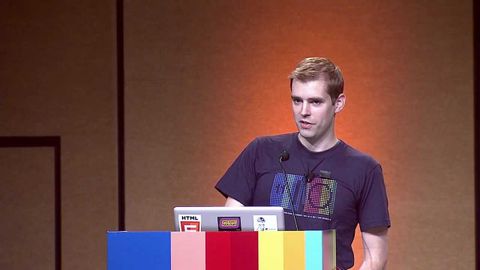愛上程式語言就從現在!Google I/O 2011: Learning to Love JavaScript
Steven Chen 發佈於 2013 年 03 月 15 日  沒有此條件下的單字
沒有此條件下的單字US /ˈlæŋɡwɪdʒ/
・
UK /ˈlæŋgwɪdʒ/
- n. (c./u.)語言;(特定)語言;表達方式;(電腦)語言;肢體語言
- n.抽籤;期開獎,開獎;拍賣品;(土地)一室;現場
- v.t.把...歸入某類;已排名
- n. (u.)階級
- n. (c./u.)社會階級;排名;班
US /ˌʌndɚˈstænd/
・
UK /ˌʌndə'stænd/

